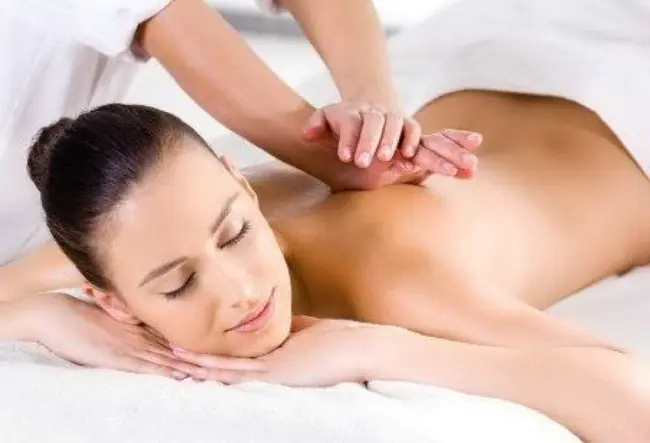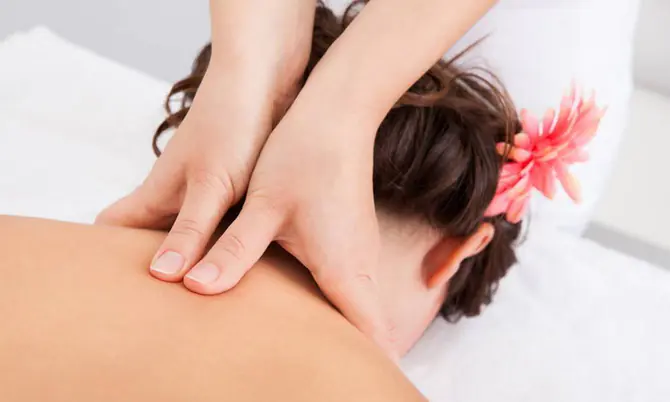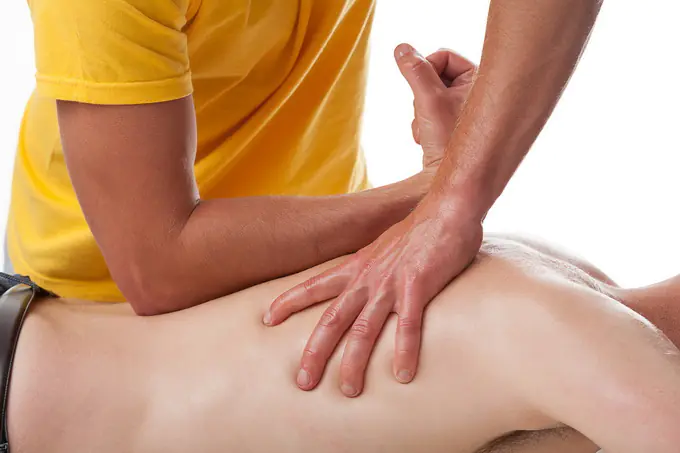When it comes to getting a relaxing massage, it's important to understand the nuances of proper massage etiquette. Your massage should be calm and trusting, but it is also important to be informed about what is considered acceptable and what is out of bounds.
The importance of clear communication
Effective communication is the cornerstone of a successful massage session. Before the massage begins, your therapist should engage in a dialogue with you to ensure your comfort and satisfaction. Here's what you can expect during a typical massage:
Understanding your preferences
Your therapist will discuss the specifics of the massage, including the techniques used and areas to focus on or avoid. They will also ask about your preferred pressure level, understanding that everyone's comfort level is different.

Comprehensive welcome
A qualified therapist such as Camilla Hunter, owner and founder of Spa Analytics, will guide you through a thorough intake process, especially if this is your first time visiting them. This includes discussing any pain points, injuries, treatments, and medications you may be taking. The goal is to tailor the massage to your specific needs.
Full body massage
When a massage therapist offers a full body massage, they typically intend to target all major muscle groups. This includes the legs, arms, back, thighs, stomach and face, explains Stephanie Agakian, a licensed massage therapist. It is important to understand that a full body massage does not necessarily include intimate areas, unless you like it.
Open communication during massage
The conversation between you and your therapist should continue throughout the massage. They will periodically check that the pressure applied is appropriate for you and that you feel at ease. At the same time, you should feel encouraged to communicate whether any changes would improve your experience.
How to make your own massage oil? We have the best recipes.
Read about kneading - the main technique in massage - in this article.
Respect for personal boundaries
Respecting personal boundaries is fundamental in massage therapy. Your comfort is of utmost importance and it is important to voice any concerns you may have during your session. If something seems off, be it blood pressure, temperature, music, or a specific area that needs more attention, your therapist will expect you to communicate openly.
Choice of clothes
The level of clothing you choose to wear during your massage largely depends on your personal comfort and the establishment's policies. Some venues, such as MassageJoy in the UK, may require clients to wear at least underwear during the session, while others offer flexibility in clothing choices. However, regardless of your attire, your therapist should ensure your modesty and comfort by using draping techniques.

Draping technique
Draping is a standard practice in massage therapy. It involves covering the areas of your body that are not currently being massaged with sheets or a blanket. While franchises often have strict draping guidelines, the tightness or looseness of a sheet is not an indicator of the quality of the massage.
Communication is the key to success
Everyone's comfort level with touch is different, and it's okay to communicate your preferences to your therapist. Even if massaging a specific part of the body, such as the legs, is a standard part of the massage, you may have individual preferences. In such cases, simply let your therapist know and they will happily skip the area. If for any reason they do not respect your boundaries, you have the right to terminate the massage session.
Something that is never acceptable
Certain actions are unacceptable during a massage. It is very important to recognize these boundaries:
- Touching the genitals. When performing a massage aimed at treatment or relaxation, the therapist should not touch the client’s genitals. Entry into this area is strictly prohibited.
- Exception from breast massage. While breast massage is generally avoided during a massage, there is an exception for breast massage after a mastectomy. However, this should only be done when prescribed by a doctor and when working with a therapist specially trained in this type of massage. Depending on the state, written consent from the client may also be required.
Focus on safety
It is critical to recognize that sexual harassment can go both ways. According to Camille Hunter, therapists are sometimes victims of sexual abuse more often than clients. Reputable establishments like MassageJoy have protocols in place to address uncomfortable situations to ensure the safety and well-being of both clients and therapists.

Resolving inappropriate incidents
In the event of inappropriate behavior or discomfort during a massage, please remember that either the therapist or the client may terminate the session at any time. If you feel uncomfortable, you may immediately dress and leave the premises.
However, it is important to understand that addressing sexual harassment is often beyond the scope of massage therapists, managers or owners. Situations like this are not common in the professional industry. Reporting misconduct depends on where it occurs.
If this happens in a franchise or larger massage studio, it is advisable to report it to the manager. Even if they are not conducting an investigation, they should be aware of any incidents in their institution. For self-employed therapists, an application can be made to the State Massage Board.
Finding your ideal massage therapist
Finding the right massage therapist for your needs is important. Like psychotherapists, style and pressure preferences vary from person to person. Here are some tips for a successful massage:
Recommendations and reviews
Consider asking friends or colleagues for recommendations when looking for a new therapist. Reading online reviews can also provide valuable information. Ultimately, choose a therapist who actively listens to your needs.
Establish trust
Developing a long-term relationship with a licensed or certified therapist you trust is key to making massage a regular part of your wellness program. Constantly changing therapists increases the risk of meeting someone who may not have your best interests at heart.
In conclusion, effective communication is the foundation of a positive massage experience. If your therapist doesn't initiate a conversation before treatment, don't hesitate to initiate one yourself. Be clear about your preferences and boundaries, and always prioritize your well-being. Remember that you have the power to ensure that your massage experience is both safe and enjoyable.



